1070799
License Number
Call Us
La Puente, CA 91746
Visit Us Here
24 Hour Service
7 Days a Week
What is Descaling Cast Iron Sewer Pipe and Why is It Necessary?
Descaling cast iron sewer pipes is a little-discussed but essential aspect of plumbing maintenance. Long-established in residential and commercial infrastructures, these pipes are synonymous with durability and dependability. Yet, with regular maintenance, their reliable service can be protected.
The necessity of descaling becomes evident as the years pass. Minerals in the water supply and other materials gradually adhere to the pipe walls, forming a hard, constrictive layer known as scale. If left unchecked, this scaly buildup significantly narrows the pipes’ passageway, hindering wastewater flow.
This is where descaling steps in as a preventive and corrective procedure. It’s a critical operation that removes scale, restores pipe diameter, and ensures smooth sewage transit. Descaling ensures that waste is expelled from the property efficiently, which prevents potential backups and plumbing emergencies.
Understanding the need to maintain cast iron sewer pipes through regular descaling is vital for the stability and efficiency of a property’s plumbing system. As a precursor to the detailed exposition, the fundamental precepts of this maintenance, including its definition, necessity, and process, are outlined in this dialogue.
Understanding Cast Iron Sewer Pipes
Understanding cast iron sewer pipes is key to maintaining a system’s integrity in plumbing. These robust conduits form an essential part of our modern sanitation infrastructure.
However, with their use comes unique challenges; understanding these is crucial for ensuring their effective functioning over time.
Definition and Usage
Cast iron sewer pipes, composed of a resilient combination of iron and carbon, are a substantial part of residential and commercial plumbing systems. Since as far back as the 17th century, they have been employed to transport wastewater from buildings to sewer lines reliably. Their strength and durability suit environments that demand lasting sewer solutions.
Benefits
There are multiple benefits of cast iron sewer pipes. Their weighty, solid construction brings excellent soundproofing capabilities. They minimize the sound of rushing wastewater, providing quieter operations than their plastic counterparts. Their longevity is impressive – these pipes can serve for over 75 years without needing replacement under optimal conditions.
Challenges
However, even the sturdy cast iron sewer pipes are resistant to problems. The primary challenge they face is corrosion and rust. Over time, these elements combine with mineral deposits and residue to form scale. This hardened layer lines the insides of the pipes, constricting the channel, restricting water flow, and necessitating regular descaling intervention for uninterrupted service.
What is Descaling?
Descaling is an essential yet often overlooked aspect of maintaining cast iron sewer pipes to ensure longevity and functionality. The process directly affects the efficiency and reliability of a property’s plumbing system.
Definition and Purpose
- Descaling is the removal of scale—a buildup consisting of minerals, rust, and other debris—that accumulates on the interior walls of cast iron pipes over time. This substance can drastically reduce the diameter of the pipes, leading to reduced flow and increased pressure.
- The primary goal of descaling is to restore pipes to a near-original condition, enhancing their performance and preventing potential blockages. By removing the accumulated scale, water and waste can move freely, minimizing the risk of backups and overflows.
Descaling Process and Steps
- Inspection: Professionals with precise inspection tools determine the scale and exact locations within the sewer pipes.
- Choice of Method: Depending on the severity of the deposition, experts will select a descaling method. This could range from manual scraping for mild cases to more intensive procedures for significant buildup.
- Execution: The selected methodology is carried out carefully to ensure that every part of the pipe is cleaned without causing damage to the cast iron integrity.
- Verification: After descaling, a final inspection guarantees all scale deposits are removed and pipes are clear for optimal operation.
Tools and Techniques:
- Mechanical Descaling Tools: Heavy-duty tools like chain knockers and rotating brushes that strip off the scale physically.
- Chemical Agents: Specially formulated, non-corrosive chemicals that dissolve mineral buildup to be washed away safely.
- Hydro Jetting: A high-pressure water system scours the interior of the pipes, effectively removing all traces of scale.
Why is Descaling Necessary?
Descaling cast iron sewer pipe extends beyond being a commonplace cleaning process— it’s a preventive strategy crucial to maintaining sewer systems. This activity guarantees the operational efficiency of cast iron pipes and significantly reduces the likelihood of plumbing breakdowns.
1. Preventing Blockages
- Key Impact: Scale buildup significantly reduces the internal diameter of sewer pipes, which can result in reduced water flow and even complete blockages. This disrupts regular sewage disposal, leading to unpleasant backups and potential health hazards.
- Solution Through Descaling: By removing these deposits, descaling ensures that pipes are clear, mitigating the risk of blockages and promoting a smooth flow of wastewater.
2. Enhancing Pipe Longevity:
- Protection Against Corrosion: Cast iron pipes are susceptible to corrosion over time, particularly in the presence of certain types of scale that can accelerate pipe wear.
- Descaling Benefits: Regular descaling removes aggressive agents like rust and mineral buildup, significantly extending the pipes’ lifespan and preventing premature pipe failure.
3. Improving Drainage Efficiency:
- Restoration of Capacity: Scale buildup can impede water flow, leading to sluggish drainage and increased pressure on the plumbing system.
- Efficiency Gain: Descaling restores pipes to near-original capacity, enhancing the efficiency of the drainage system and reducing the likelihood of overflows and backups.
4. Health and Safety:
- Hazard Reduction: Neglected sewer pipes can become a breeding ground for bacteria and pests, posing serious health risks.
- Preventive Measure: Descaling eliminates these hazards by ensuring that pipes are clean and free from organic matter that can support microbial growth.
5. Economic Considerations:
- Cost Savings: Regular descaling can prevent costly repairs and replacements by addressing issues before they escalate.
- Operational Continuity: For businesses, clear, functional sewer lines mean no unexpected downtimes or health code violations, ensuring smooth operations.
The Descaling Process in Detail
The descaling cast iron sewer pipe process is vital in upkeeping these crucial plumbing components, targeting the elimination of detrimental buildup to rejuvenate pipe performance. This important maintenance step significantly enhances the lifespan of cast iron sewer pipes and guarantees the smooth operation of the plumbing system.
1. Assessment
- Professionals conduct a sewer camera inspection to get a clear view of the pipes and assess the extent of the scale buildup, corrosion, or blockages.
- Based on the diagnostic findings, the severity of scaling is evaluated, and this assessment dictates the choice of the descaling method, ensuring targeted and efficient cleaning.
2. Descaling Cast Iron Sewer Pipe: Methods
Mechanical Descaling:
- This method employs tools like chain knockers, rotating brushes, and cutters. These tools are attached to flexible rods fed into the sewer line, scraping off scale mechanically.
- Chain knockers expand to the size of the pipe, banging against the interior to dislodge thick scales efficiently, making them highly effective for significant buildup.
Chemical Descaling:
- Involves using specialized solutions that react with the mineral deposits to dissolve them without damaging the pipe itself.
- Safety is paramount; thus, the selection and use of chemicals are carefully controlled. Only professionals with the correct protective equipment should handle these potentially hazardous materials.
Hydro Jetting:
- A high-pressure water stream is directed through the pipes, powerful enough to cut through and wash away the buildup.
- Hydro jetting is often preferred because it thoroughly cleanses and is less abrasive to the pipes than some mechanical methods.
Post-Descaling Considerations
Post-descaling, a diligent inspection ensures all scales are removed and identifies any pipe damage. Implementing routine maintenance avoids future buildup. Addressing detected issues promptly mitigates potential damage, safeguarding the sewer system’s efficiency and longevity, thus maintaining the health and functionality of cast iron sewer pipes.
Final Thoughts
The descaling process is a fundamental measure for maintaining cast iron sewer pipes. It effectively combats mineral buildup, thus preventing potential blockages and ensuring uninterrupted flow. Regular maintenance and timely descaling interventions can’t be overstated, as they save costly repairs and disruptions. For unparalleled descaling solutions, turn to Showtime Plumbing LLC. We stand ready to offer efficient, reliable plumbing services. Contact us at (562) 822-5734 for more details.
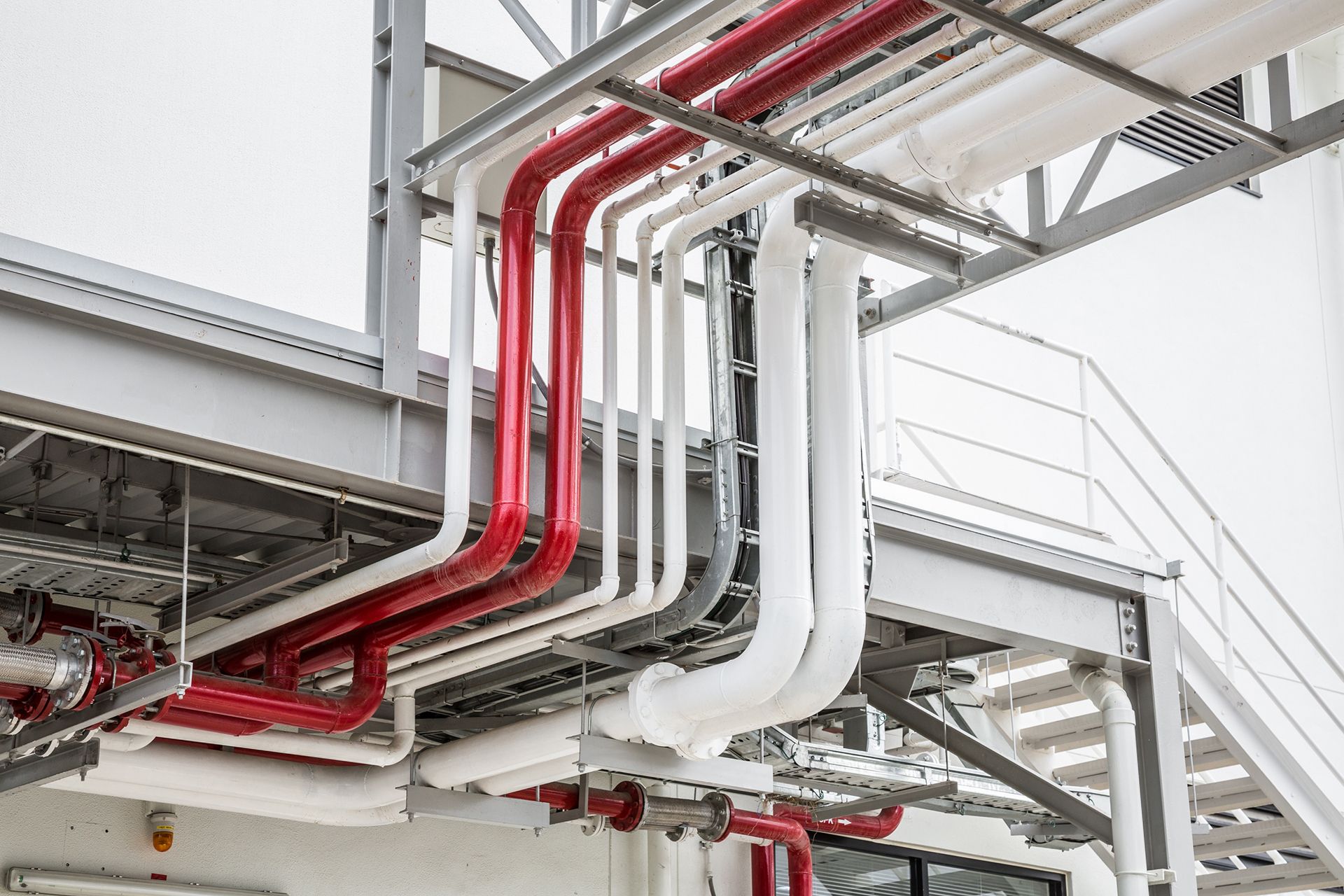
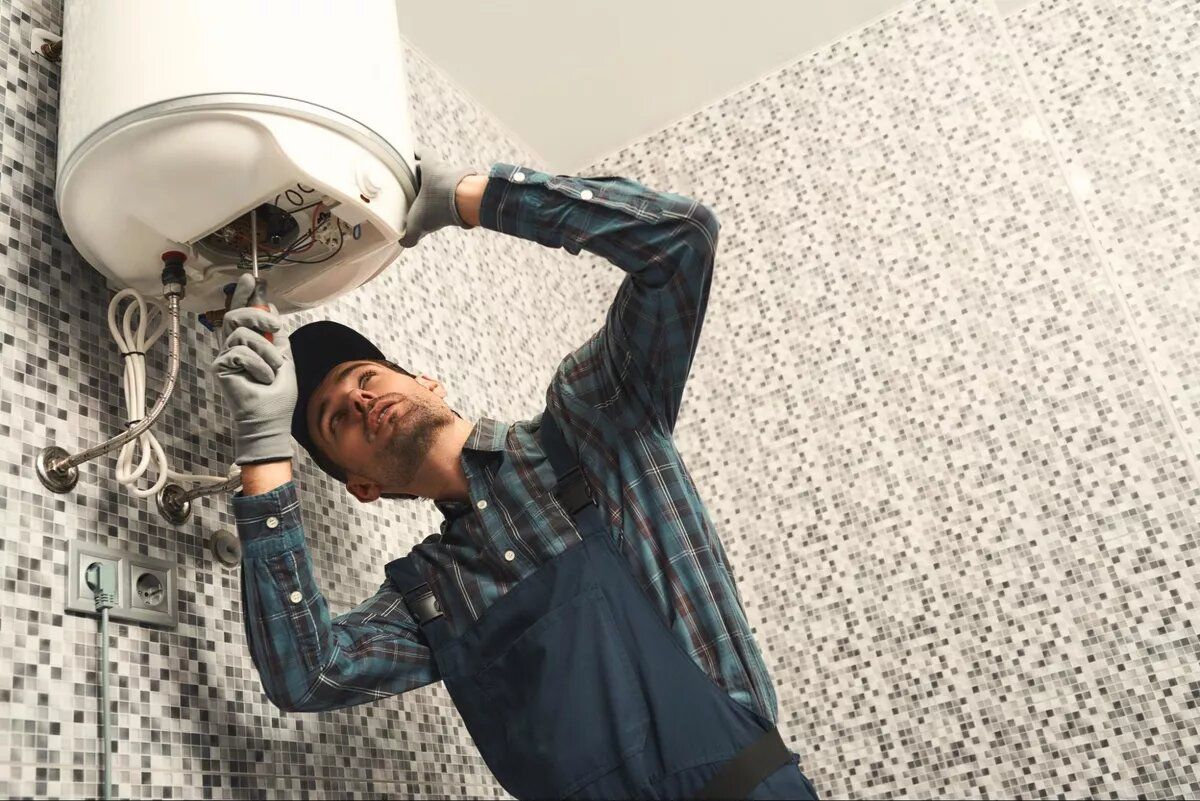
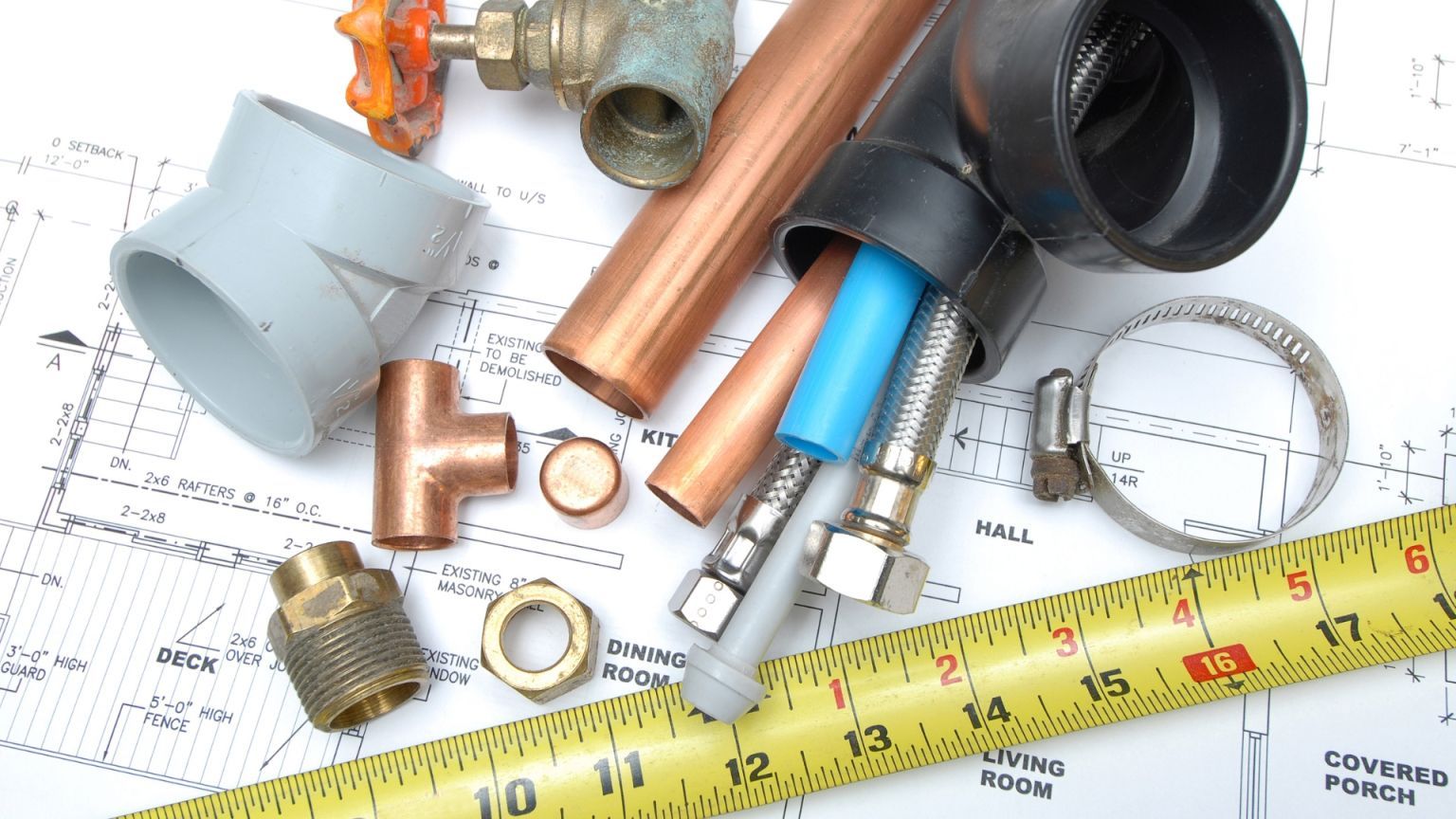
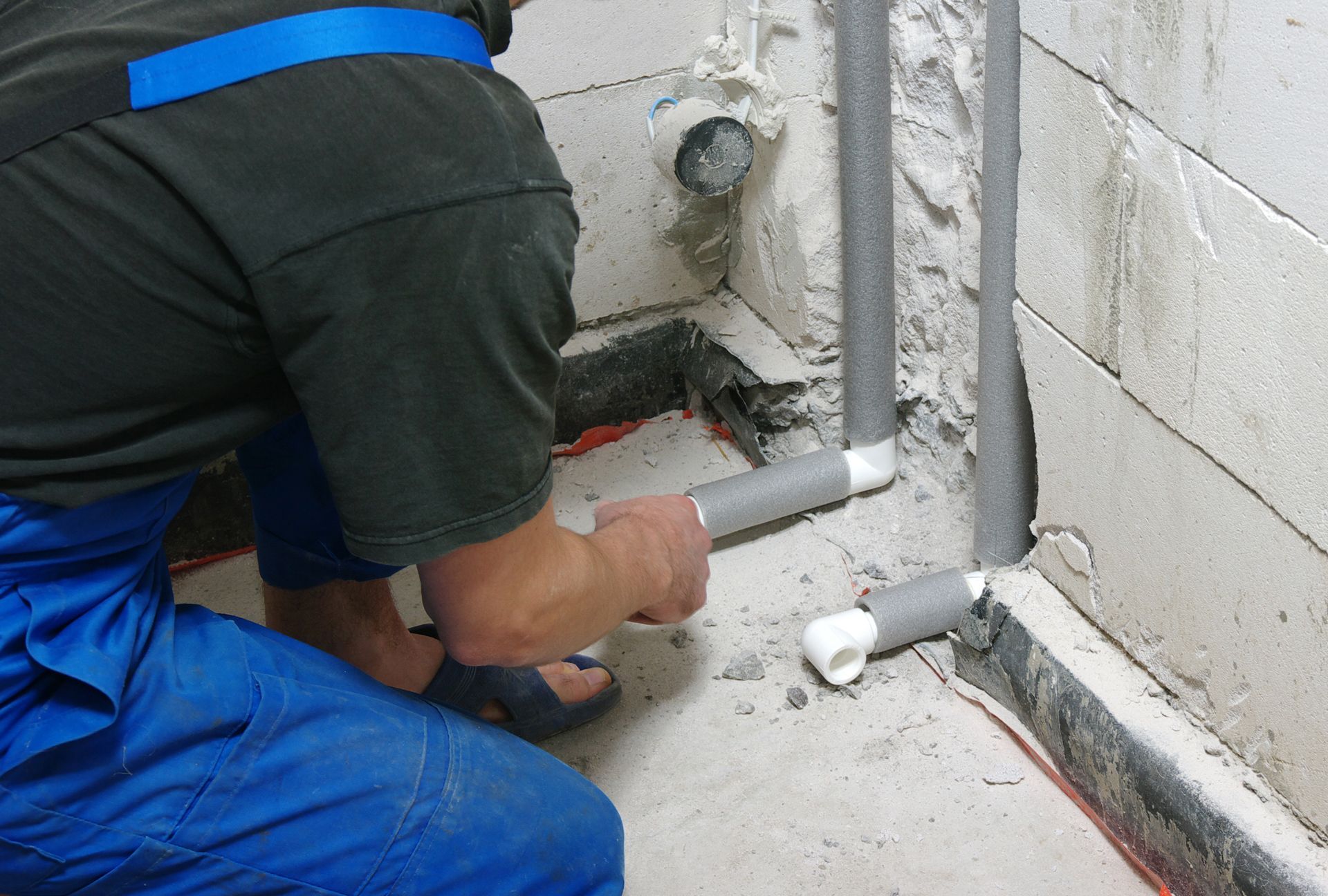
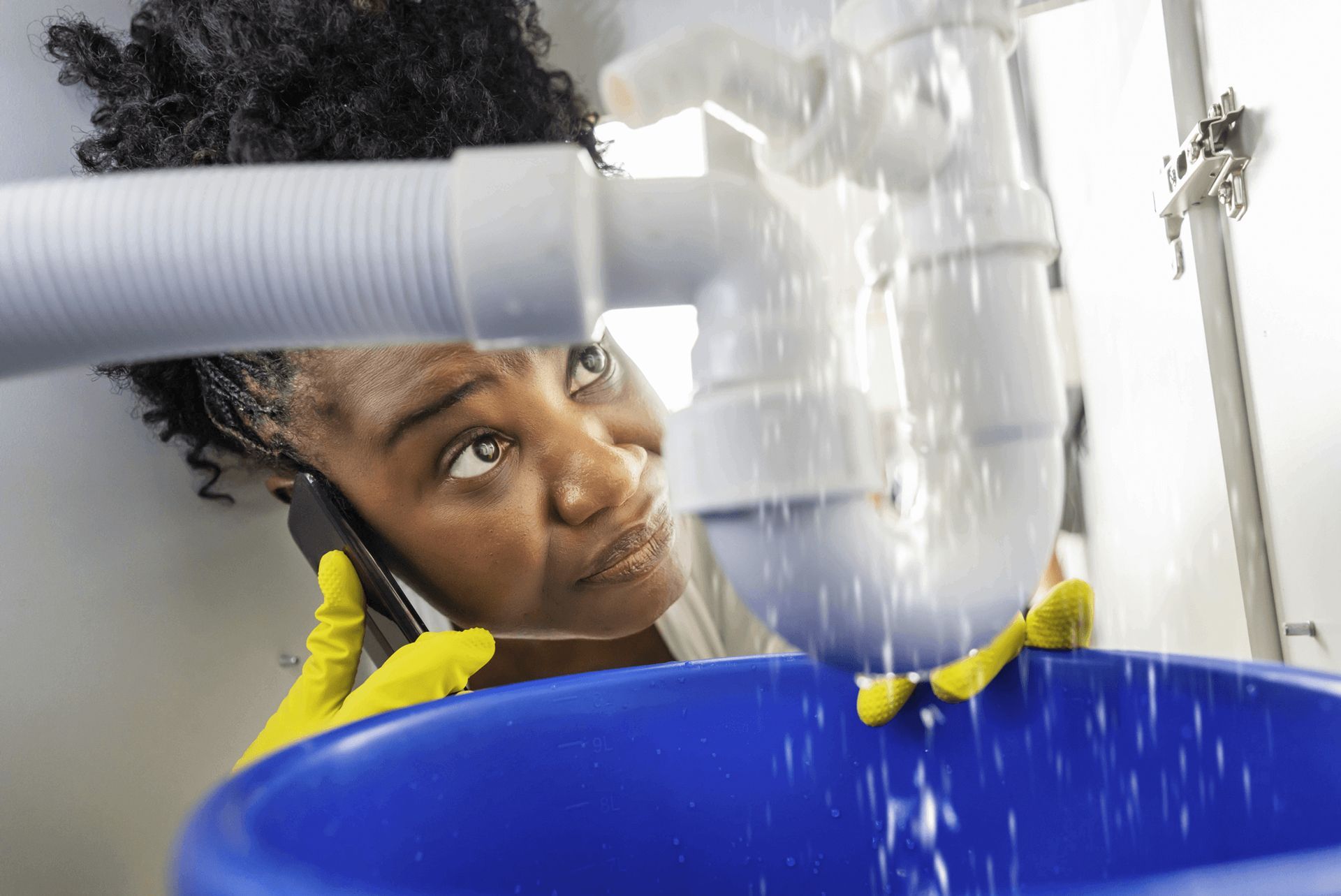
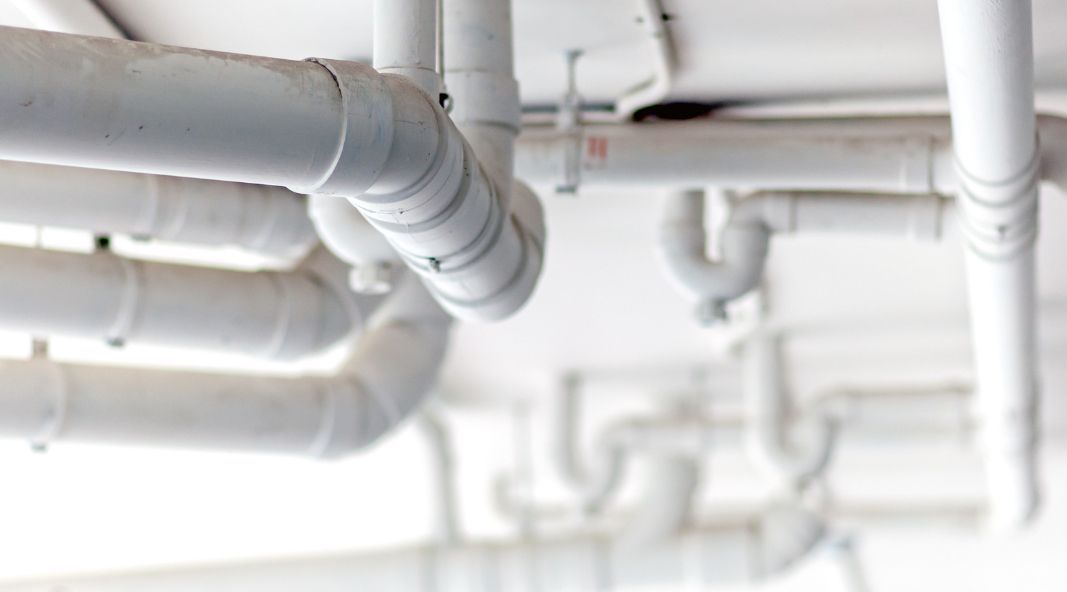

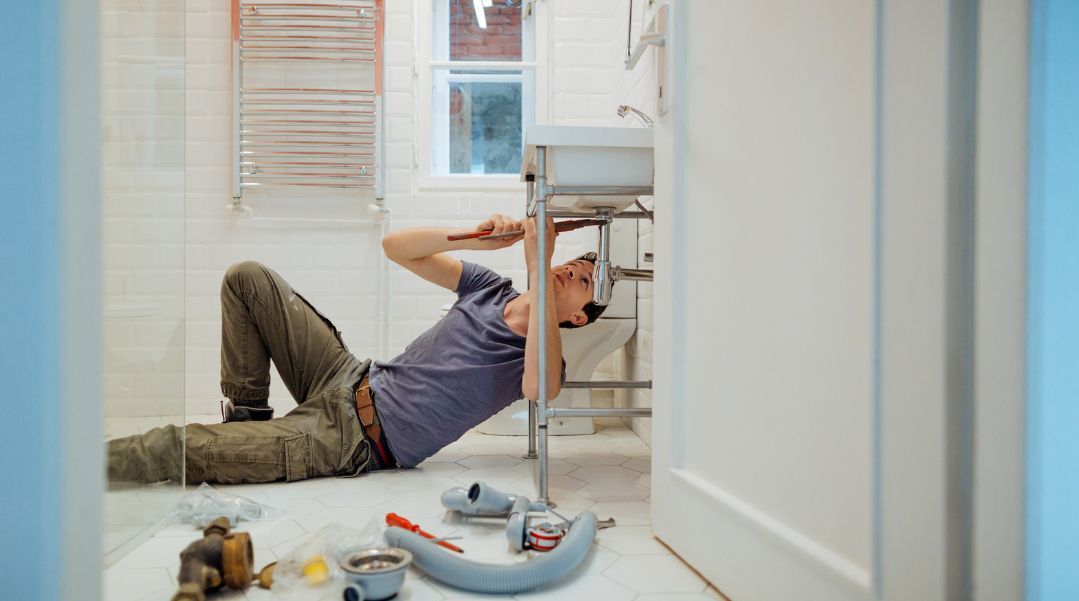
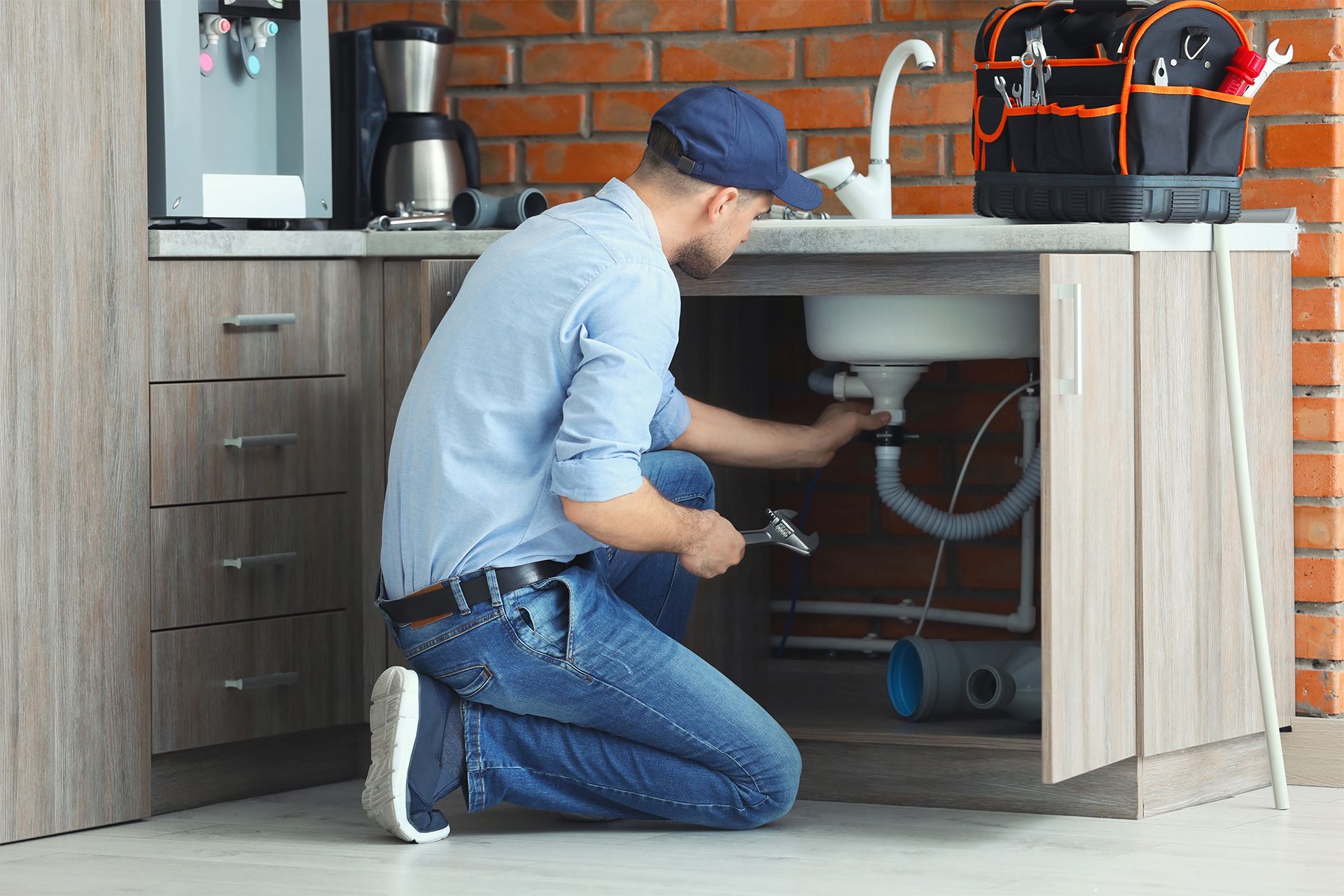


Quick Links
Our Services